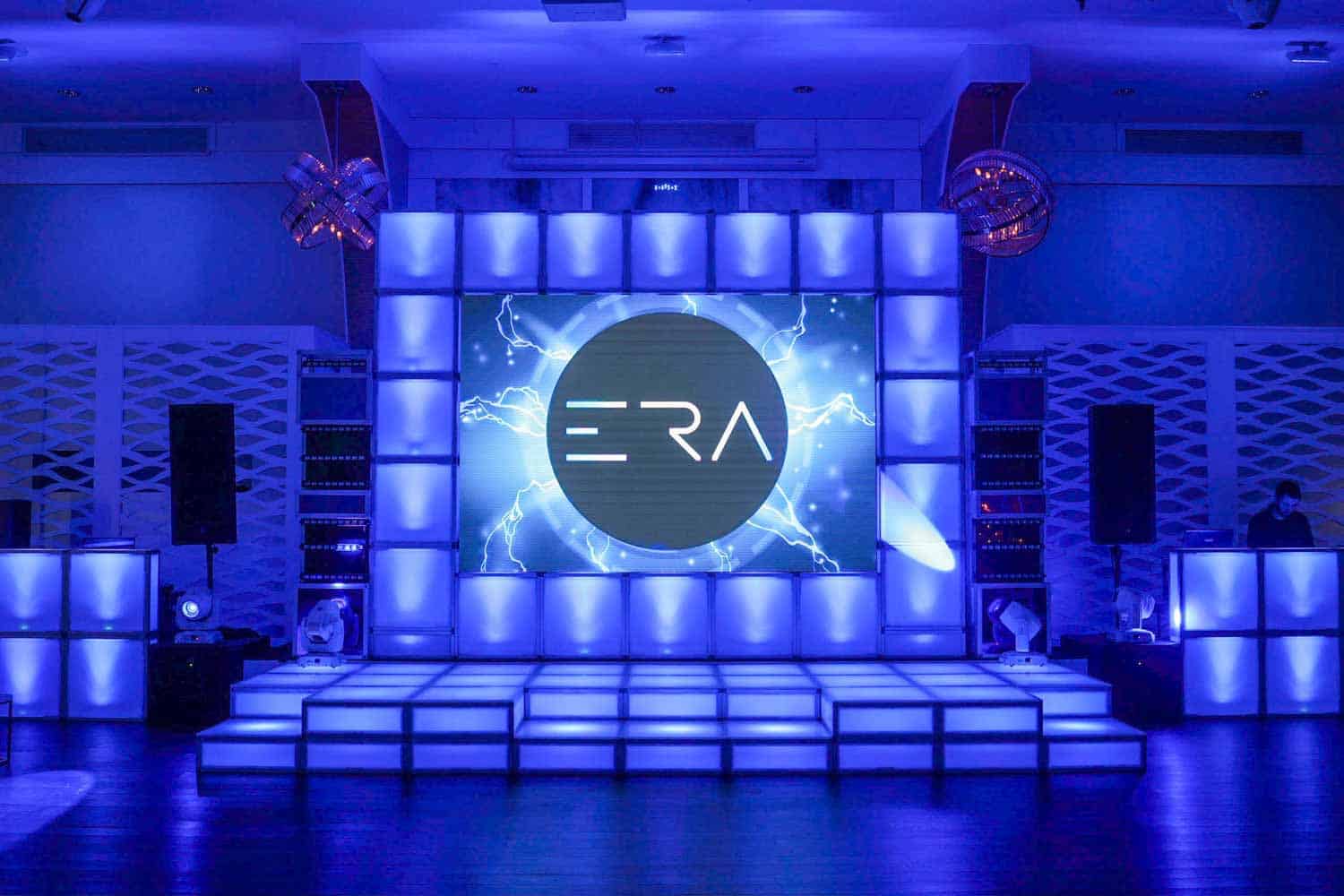To understand brightness-to-darkness ratios better, it is beneficial to know how they are measured. The ratio is typically represented as two figures, such as 1000:1. This indicates that the brightest white is 1,000 times brighter than the deepest black. Displays with high contrast ratios provide deeper blacks and more vivid whites, which enhances the overall image experience. When viewing a film or engaging with a video game, for example, these variations can create a more immersive environment. Users can observe details that may be lost in displays with reduced contrast ratios.
Different types of screen systems, such as LCD, light-emitting diode, and OLED, have varying contrast ratios. OLED panels are recognized for their superior contrast because they can deactivate individual pixels entirely, resulting in true black levels. Conversely, traditional liquid crystal screens may fail to reach similar levels of darkness due to their backlighting methods. It is essential for buyers to consider these variations when selecting a screen for their needs. Understanding how each technology manages contrast can significantly influence contentment with the product.
Moreover, the significance of contrast ratio extends beyond entertainment; it also affects productivity in professional environments. For tasks requiring precise visual analysis, such as graphic design or image editing, having a screen with a superior blog here contrast ratio allows for greater precision and definition. This ensures designers can see fine details in their designs or images without discomfort. In learning settings, students gain from enhanced displays that make educational content more engaging and easier to comprehend.

In conclusion, improving image quality through grasping contrast levels is essential for individuals using screen technology. A greater contrast ratio leads to better image quality by delivering deeper colors and more detail in images. As technology continues to evolve, consumers should stay aware about these click for source factors to make decisions that align with their needs and requirements. Whether for entertainment or productivity, knowing about contrast ratios helps satisfaction and efficiency in using screen technology.